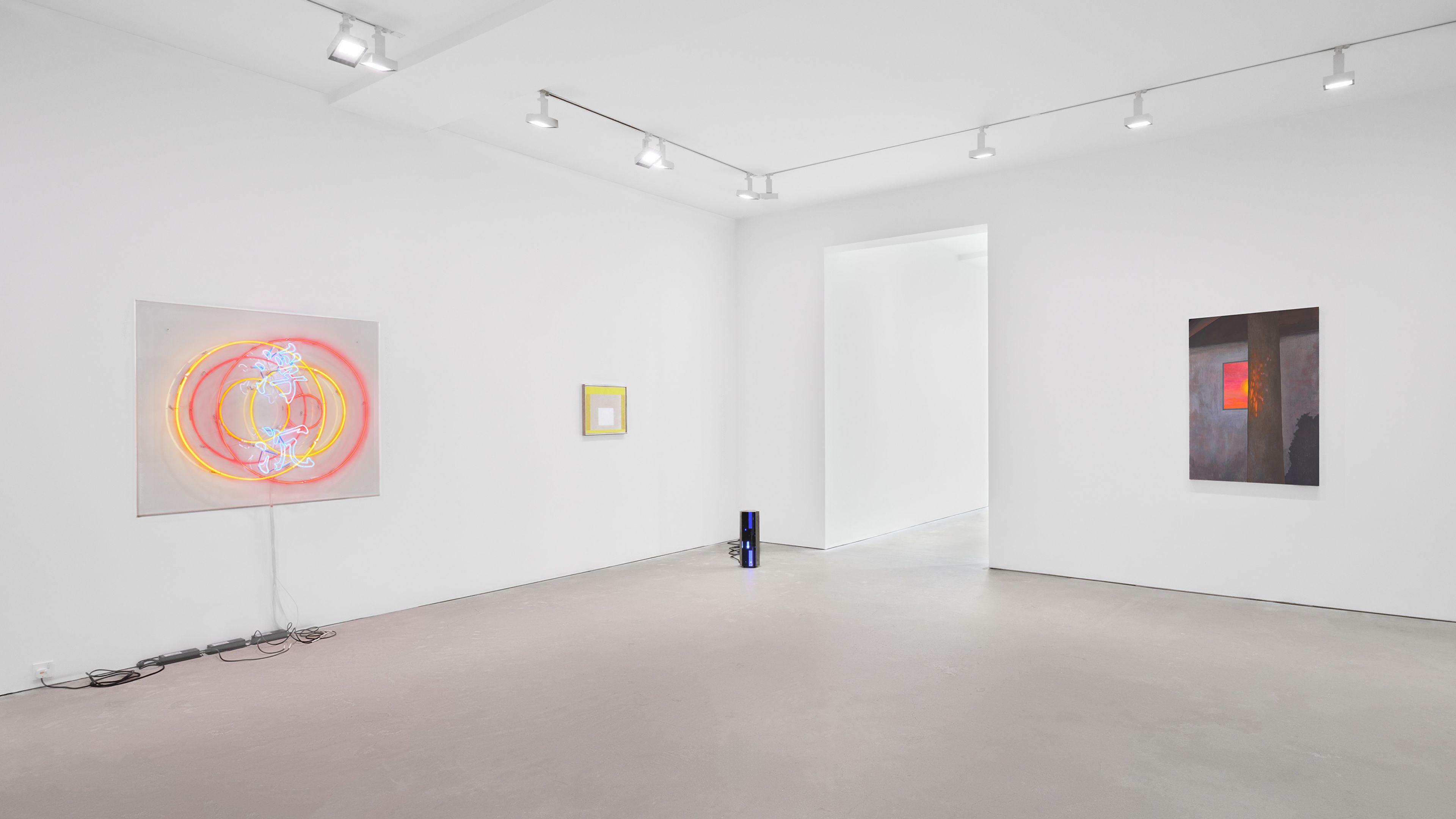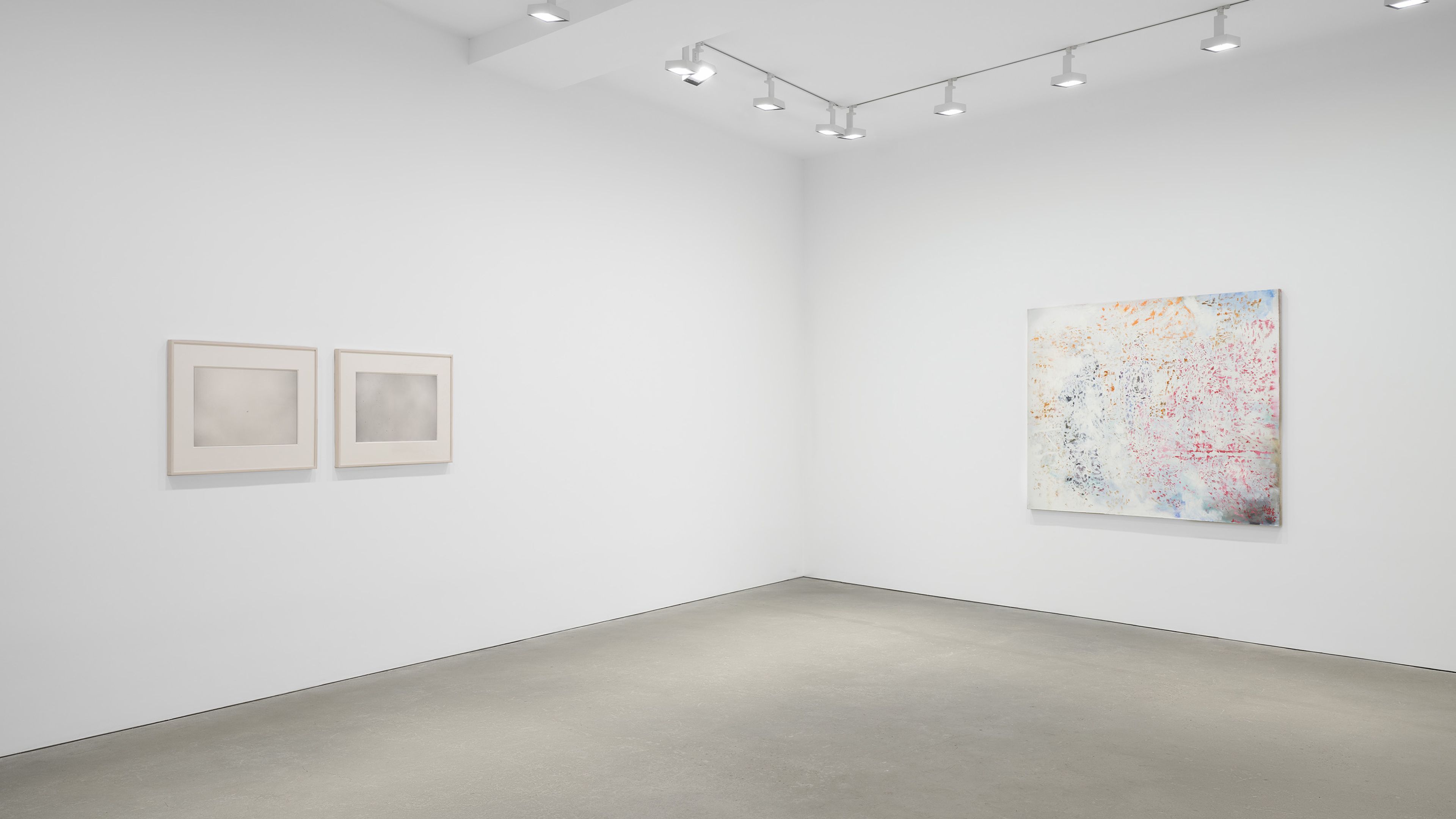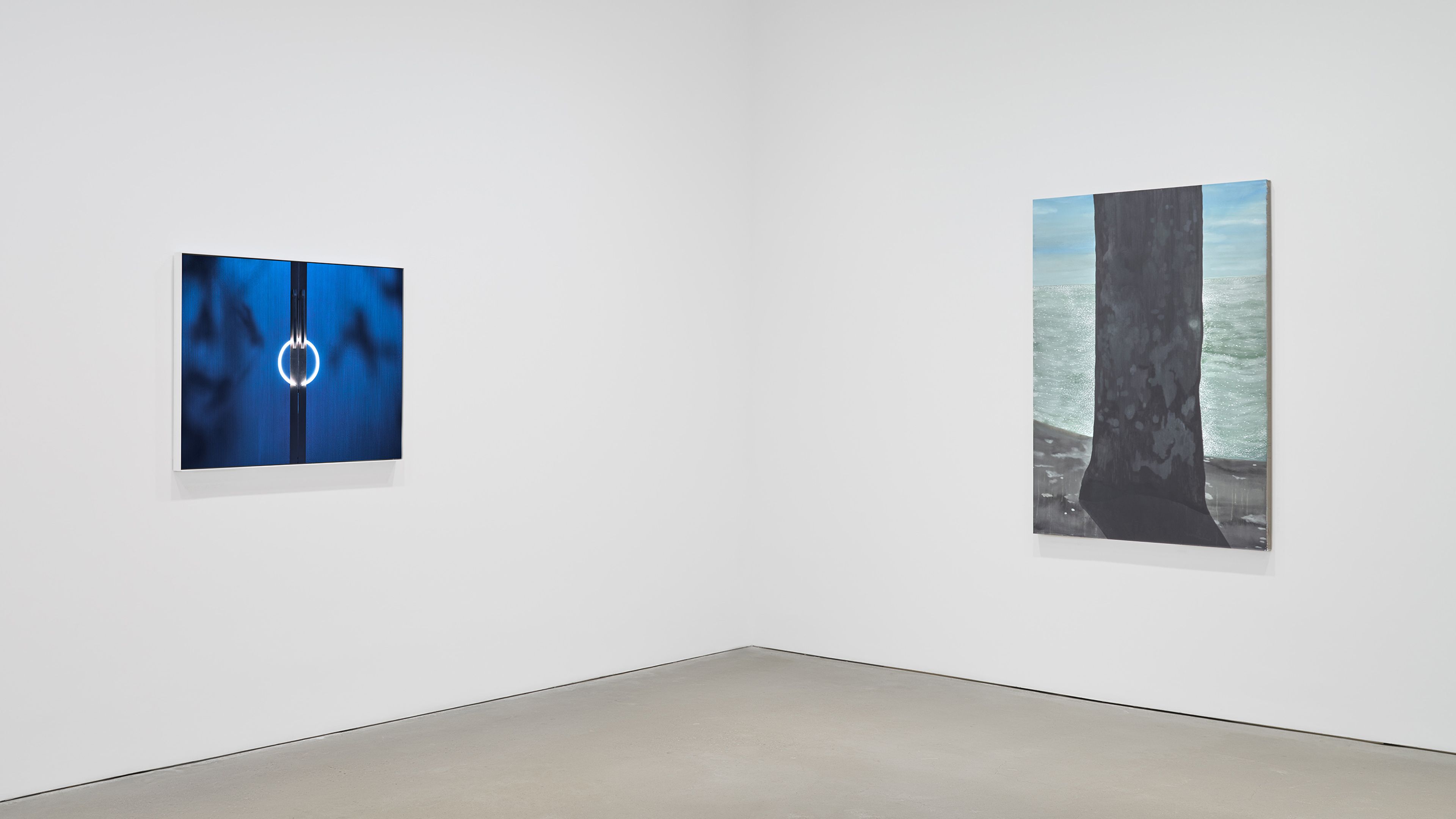Border(line)
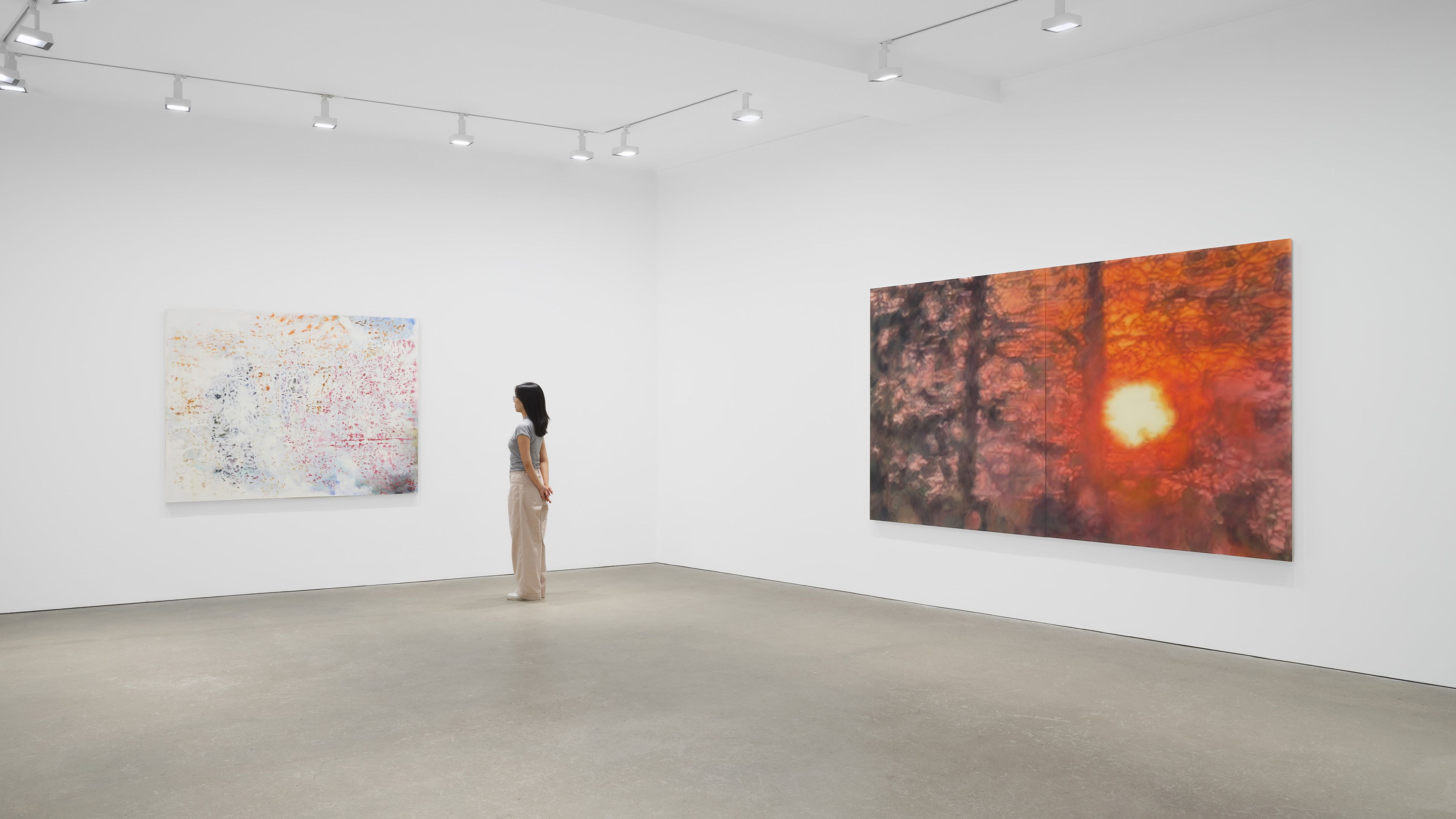
Installation view, Border(line), David Zwirner Hong Kong, 2025
Past
September 13—October 25, 2025
Opening Reception
Saturday, September 13, 3–7 PM
Opening Reception
Saturday, September 13, 3–7 PM
Location
Hong Kong
5–6/F, H Queen’s, 80 Queen’s Road Central, Central
Hong Kong
Artists
Xie Nanxing
Wong Ping
James Prapaithong
Prae Pupityastaporn
Chen Wei
Hu Xiaoyuan
Explore
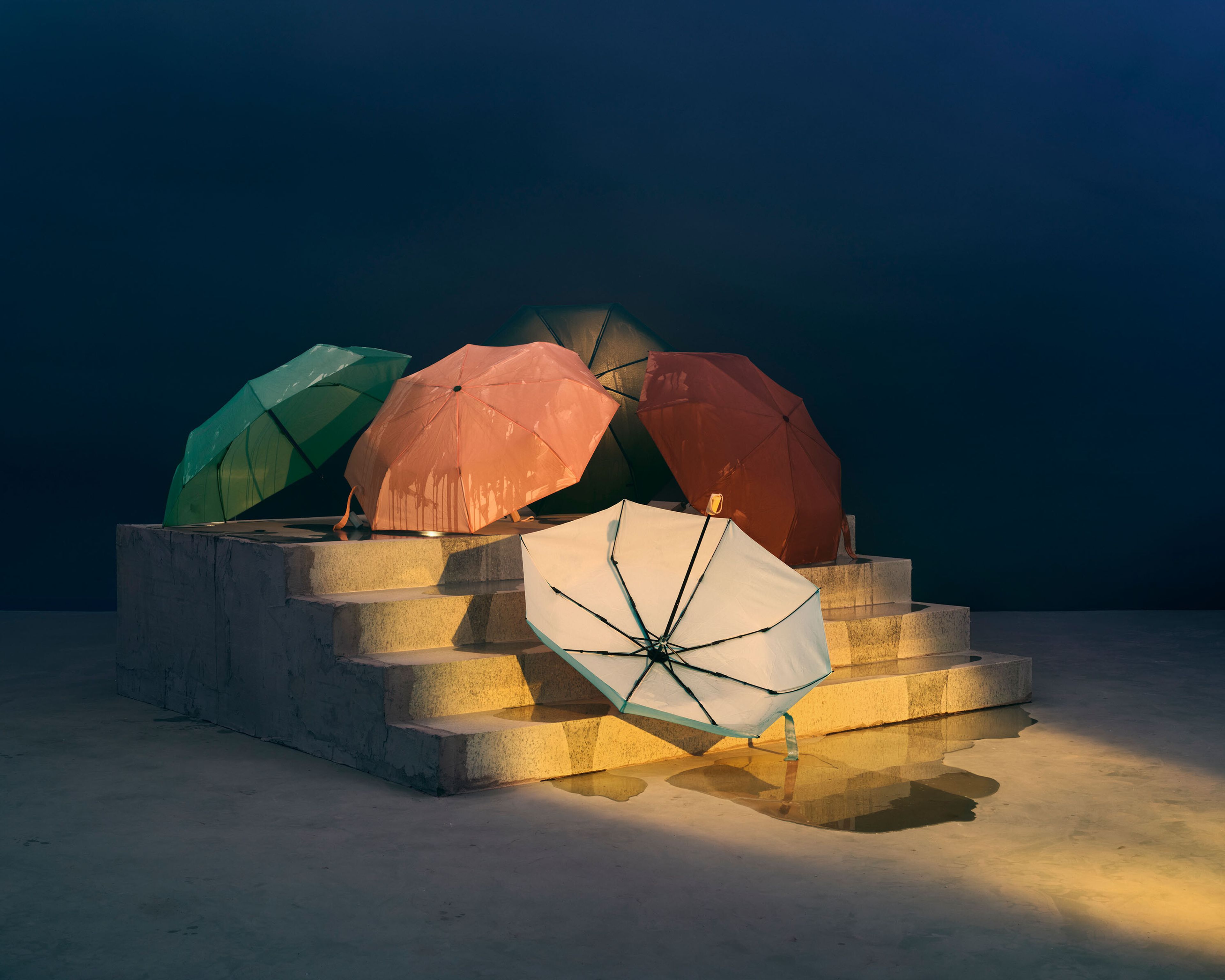
Explore All Works
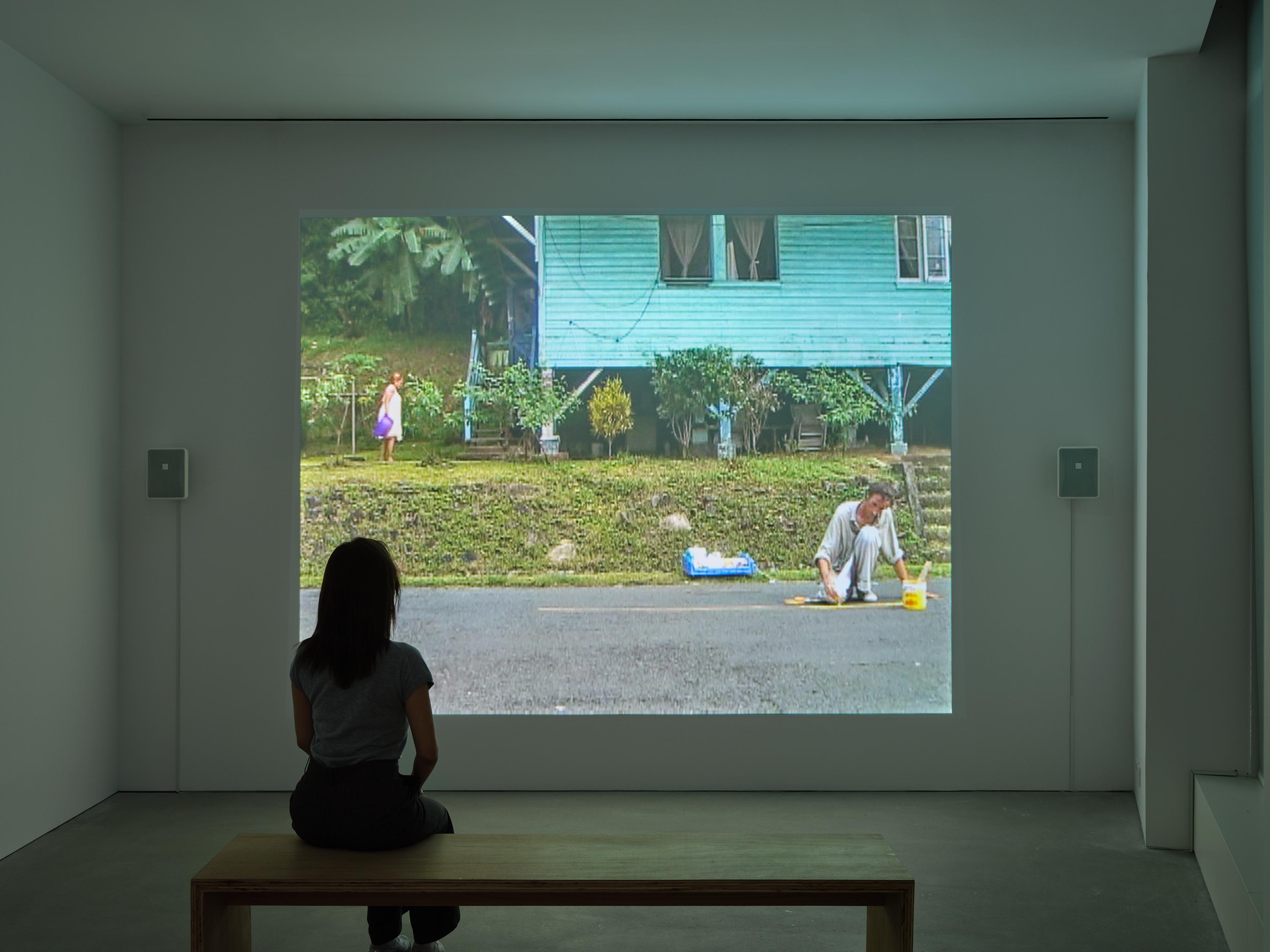
Installation view, Francis Alÿs, Painting/Retoque (2008), David Zwirner Hong Kong, 2025
A seminal video work by the Belgian-born, Mexico-based artist Francis Alÿs serves as the exhibition’s thematic anchor. In Painting/Retoque (2008), Alÿs repaints the fading median strips of a road that crosses the Panama Canal, a gesture that underscores the mutable and arbitrary nature of such boundaries. Since 1997, the artist has completed a number of projects exploring sociopolitical conflict in border regions—demonstrating his distinctive and poetic approach to artmaking as a means to foster understanding around some of our era’s most pressing issues. Among the most referenced artists by his peers, Alÿs’s wide-ranging practice has had a profound global influence and finds resonance with the works on view throughout this exhibition. Works by gallery artists Josef Albers, Raoul De Keyser, and Felix Gonzalez-Torres also explore the idea of frames, horizons, and boundaries from multivalent perspectives. An iconic example from Albers’s Homage to the Square series complements De Keyser’s Model for Cabinet (1989); both paintings employ related strategies of nested shapes and color play, while the architectural references in De Keyser’s composition form a contrast with the largely perceptual intentions of Albers’s work. In “Untitled” (Diptych) (1994) by Gonzalez-Torres, a pair of framed photographs show birds in flight. This recurring motif in the artist’s work alludes to themes of migration, belonging, and the porousness of borders—a reminder of how the many boundaries that govern modern life are not natural, but imposed.
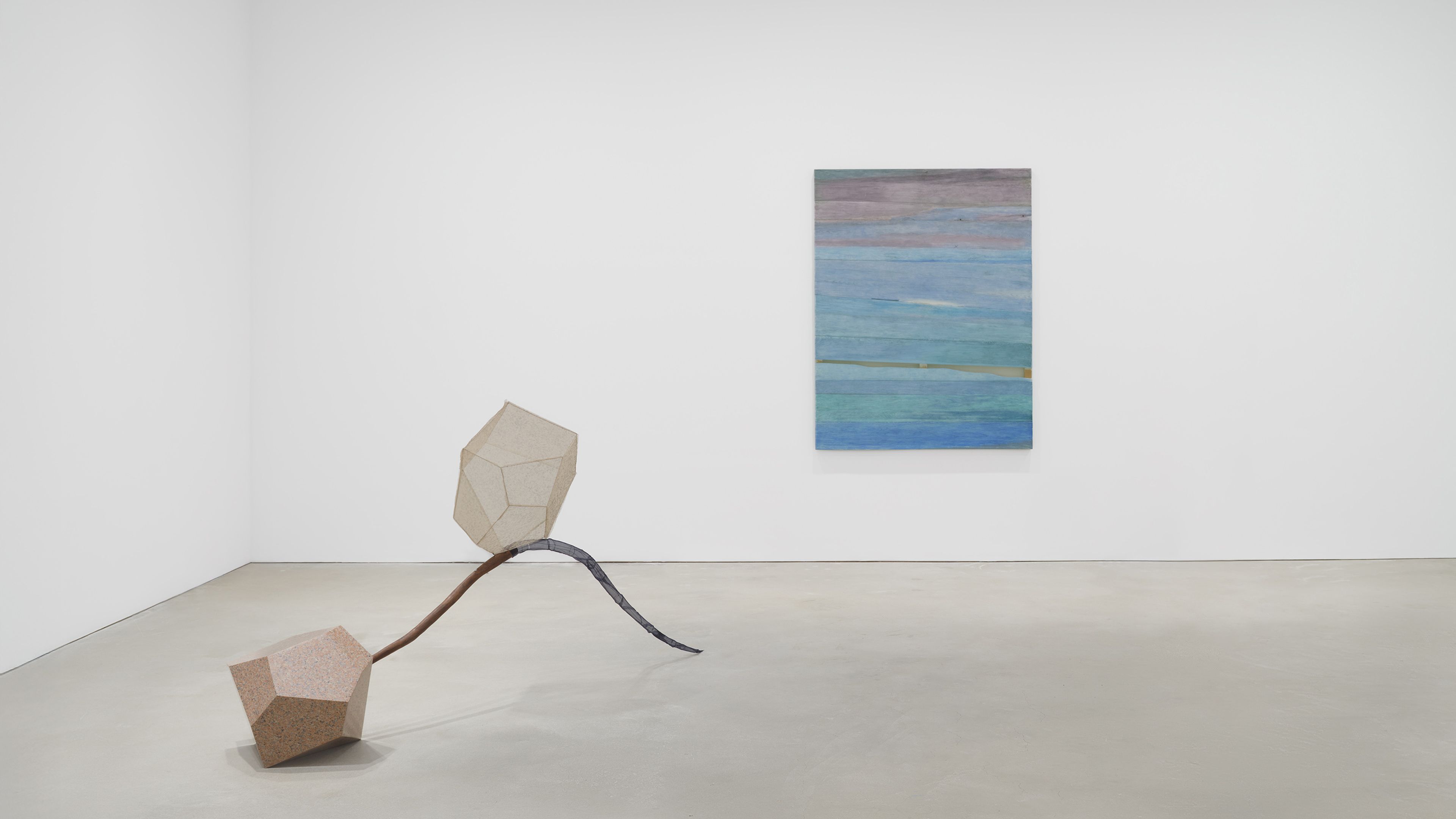
Installation view, Border(line), David Zwirner Hong Kong, 2025
About the Invited Artists

Request more information
